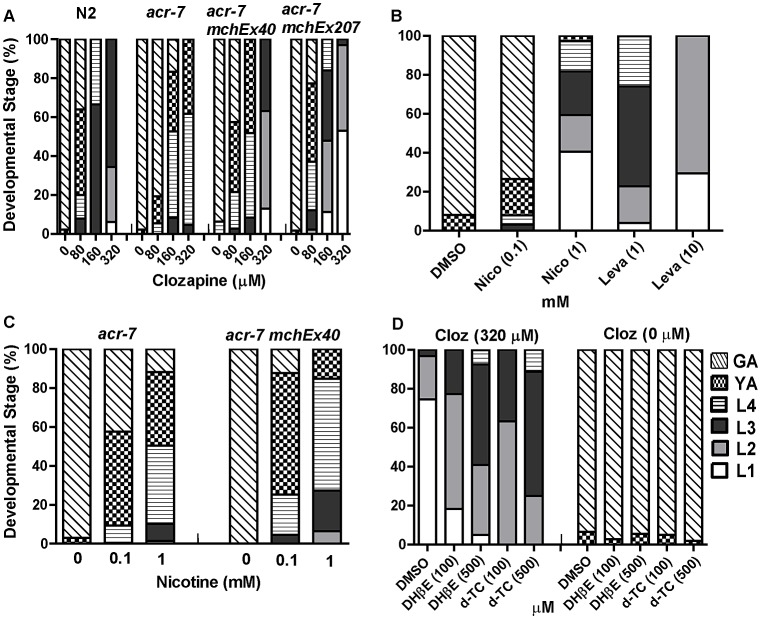Figure 4. Genetic and pharmacological characterization of clozapine-induced larval arrest.
(A) Clozapine induced developmental delay in wild-type C. elegans in a concentration-dependent manner. acr-7(tm863) partially suppressed this developmental delay, and the suppression was rescued by expression of ACR-7 in the mutant background. Expression was driven by a putative acr-7 promoter in the case of acr-7(tm863) mchEx40 or by the pharyngeal muscle-specific myo-2 promoter in the case of acr-7(tm863) mchEx207. Growth was measured as the percentage of different development stages 72 hours after loading synchronized L1 animals into the drug plates. Different concentrations (80, 160, 320 µM) of clozapine were dissolved in DMSO with the maximum concentration of DMSO being 0.1%. 0.1% DMSO alone was used for control wells. (B) nAChR agonists nicotine (Nico) and levamisole (Leva) induced developmental delay in a concentration-dependent manner, mimicking the effect of clozapine. (C) Nicotine-induced developmental delay is suppressed by acr-7(tm863), and suppression was partially rescued by expression of full-length ACR-7 in the mutant background. (D) Nicotine receptor antagonists d-TC (100 and 500 µM) and DHβE (100 and 500 µM) suppressed clozapine (Cloz)-induced developmental delay. d-TC or DHβE alone did not affect the growth of the animals at 100 and 500 µM.

